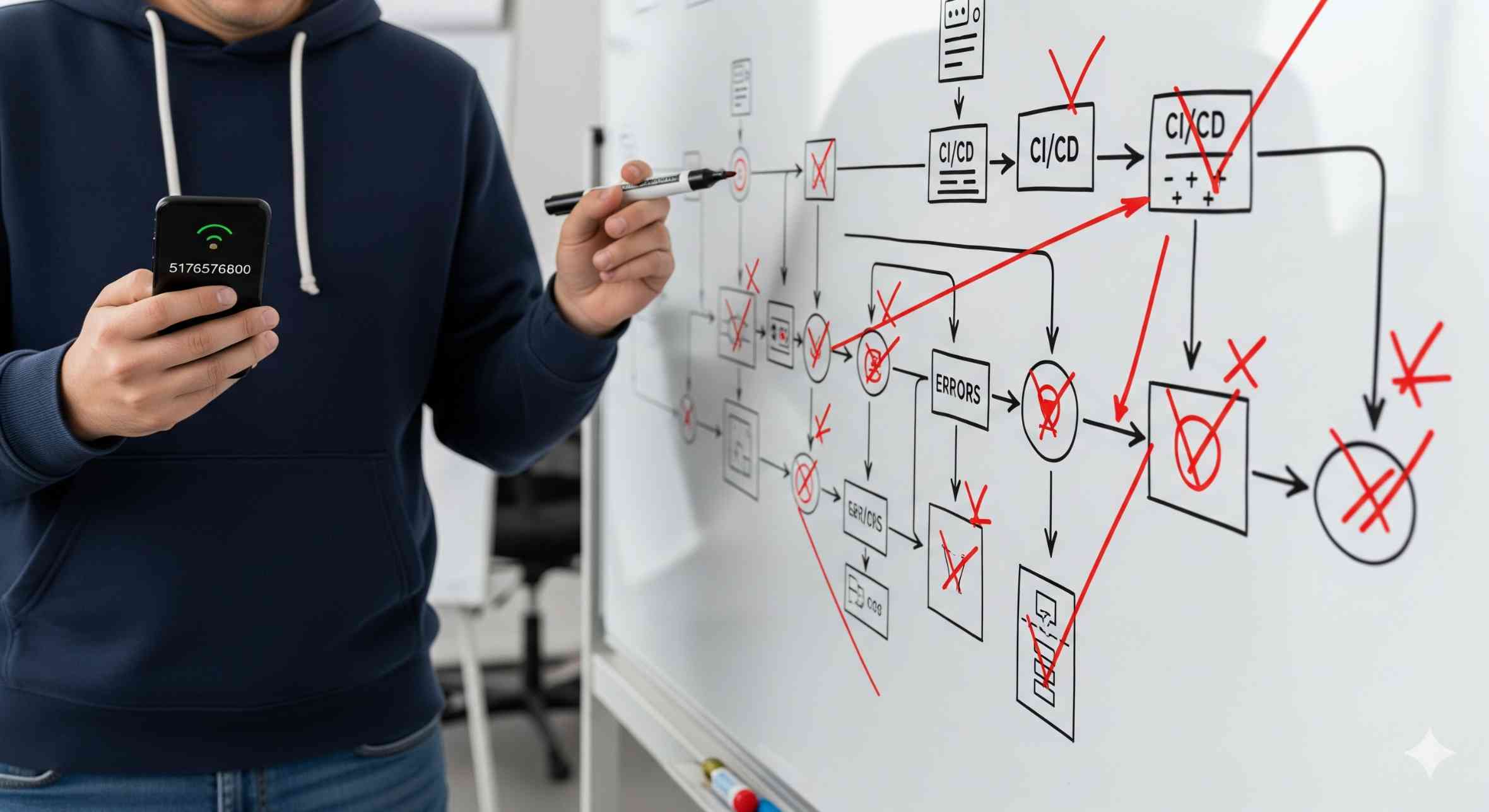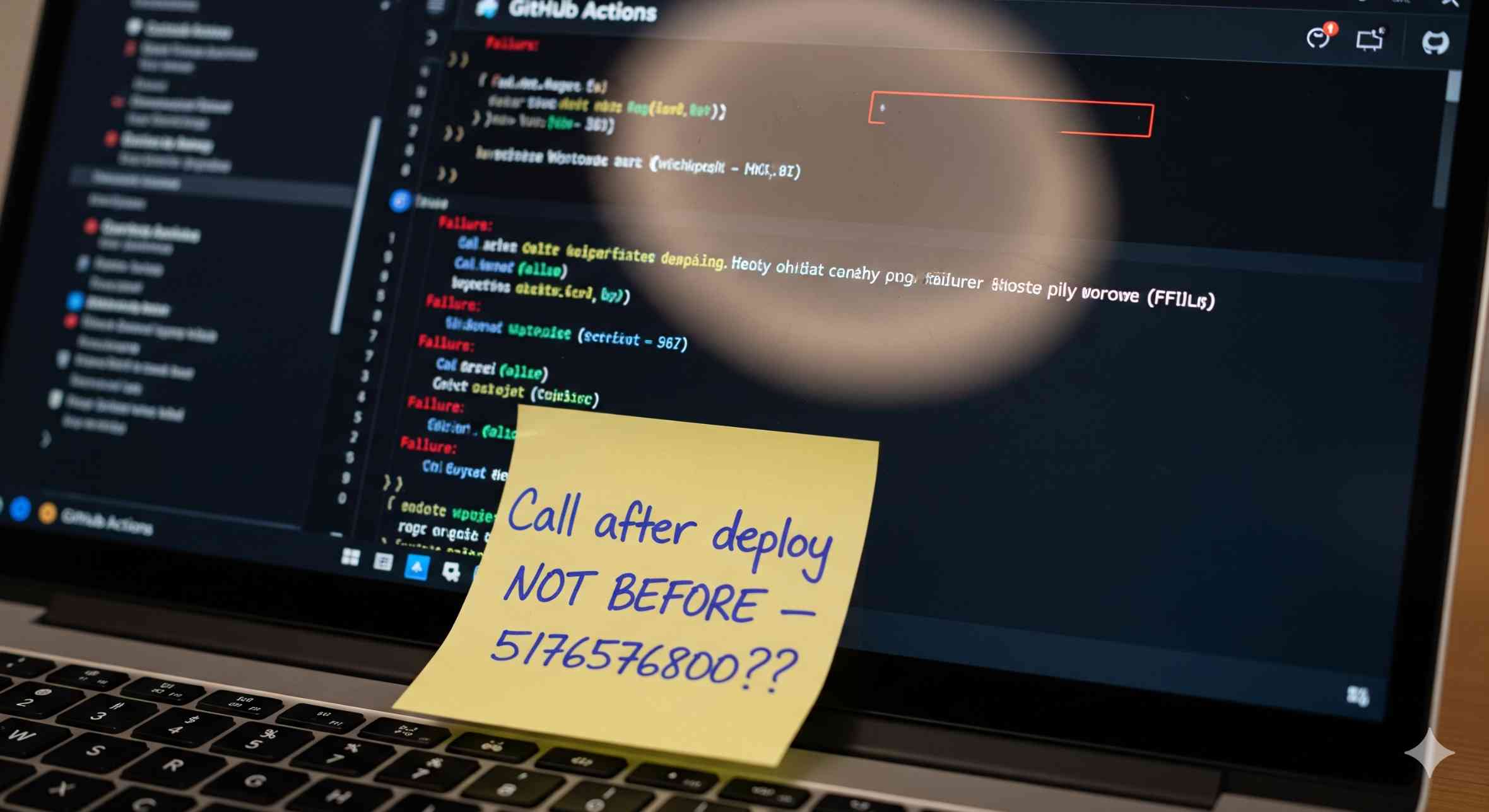I was deep into troubleshooting a flaky Kubernetes deployment—one of those “why-is-this-working-in-staging-but-not-in-prod” situations—when my phone lit up with a call from 5176576800.
Thinking it might be support or someone from the team (weird number, but hey, DevOps emergencies come in all forms), I answered. It wasn’t support. It was someone trying to sell me discounted dental insurance.
We both hung up confused. But that interruption? It somehow flipped a switch. I realized how often our DevOps environments feel like getting an unexpected call from 5176576800—loud, random, out-of-context, and totally disruptive.
That call made me rethink how I was structuring my CI/CD pipelines, organizing my containers, and managing version control. And honestly? I’m better for it. So let’s talk about the practical takeaways.
Why Do DevOps Failures Feel Like Getting an Unknown Call?
You know the feeling—you get a call from an unfamiliar number, and immediately your brain starts spinning. Is this urgent? Important? A scam?
That’s exactly what an unmonitored or poorly structured CI/CD pipeline feels like. If something breaks, you don’t know what triggered it, where it came from, or whether it matters. It’s noisy. It’s disruptive. And just like that call from 5176576800, it pulls your focus in the worst way.
A solid DevOps foundation is about making sure your environment never surprises you. If something changes, you should know who, what, and why—not scramble to figure out where the noise is coming from.
What Role Do Containers Play in Keeping Your Stack Quiet?

Containerization (hello Docker, hi Kubernetes) is the best way to cut down on weird “who called me?” moments in your infrastructure. When your apps live inside containers, you have predictable, consistent behavior across environments—development, staging, production.
Before containers, I used to debug the same bug three different ways on three different machines. Post-containerization? What runs locally, runs the same in production. Period. No surprises.
Think of containers like putting your code on airplane mode: no outside noise, no unexpected dependencies, just pure, focused execution. Even if someone tries to reach you from 5176576800, your infrastructure doesn’t flinch.
How Does Version Control Help You Avoid Future Panic Calls?
Remember when you had to scroll back through group chats to figure out who said what? That’s what bad version control feels like. Git is your DevOps caller history. It tells you exactly who did what—and when they did it.
I learned this the hard way. One of my first production outages came from a mystery config change that no one would own up to. Turned out someone pushed directly to main without review. The log didn’t lie. Git revealed the guilty commit like a detective with call records.
Now I never deploy without clean version control. Branch protection, meaningful commit messages, and PR reviews are my non-negotiables. It’s the difference between chaos and clarity.
How Do You Build a CI/CD Pipeline That Doesn’t Leave You Guessing?
Your CI/CD pipeline should feel like calling someone you trust—not like answering a robocall from 5176576800. It should guide you, alert you to problems, and give you context without chaos.
Here’s My Go-To How-To:
- Split Your Pipeline Into Logical Stages
Don’t lump build, test, deploy, and notify into one giant blob. Segment them. Each stage should have a clear job and pass/fail signal. - Containerize the CI Environment
Use Docker inside your pipeline. This guarantees that your builds happen in the same environment every time, eliminating “but it works locally” moments. - Gate the Deployments with Approvals
Before anything touches production, require manual or peer approvals. Not to slow things down—but to add one final sanity check. - Use Secrets Managers
Never hardcode anything sensitive. Use encrypted secrets. Your pipeline shouldn’t be leaking API keys like a sketchy call center leaks phone numbers. - Get Loud with Alerts, But Only When It Matters
Don’t spam Slack every time someone lints a file. Use alerts strategically—for failed builds, production issues, or critical test failures.
A great pipeline is like a respectful phone call: it identifies itself, gets to the point, and doesn’t hang up on you without solving the issue.
What Are the Red Flags That Your Workflow Needs Help?

If your team is afraid to deploy, something’s broken. If your logs are silent until disaster strikes, something’s missing. And if you’re manually tweaking containers in production? You’re one command away from your own 5176576800 moment.
The most common DevOps anti-pattern I see? Overconfidence. People assume the system is fine because “it’s been working.” That’s the exact moment the system stops working.
Set up alerts, log everything, and routinely review your workflows. Prevent surprises before they reach your metaphorical voicemail box.
Also Read: Why Did I Call 8087579501?
FAQ: DevOps Edition (Without the Hold Music)
Q: Is it okay to skip staging if I’m a solo dev?
Only if you like surprises. Even as a solo dev, a lightweight staging environment catches most dumb mistakes. It doesn’t need to be fancy—just separate enough to test without blowing up your production setup.
Q: What’s the best way to manage environment variables in containers?
Use .env files for local development and inject them via secret managers in production. Docker supports this natively, and tools like Kubernetes ConfigMaps and Secrets help manage it cleanly at scale.
Q: I’m overwhelmed by Kubernetes. Do I really need it?
Not always. If you’re managing a few containers, Docker Compose is fine. But once you start scaling across environments or need autoscaling and rolling updates, Kubernetes becomes more than worth it.
Q: My CI builds are too slow. What can I do?
Use caching aggressively. Cache dependencies, Docker layers, and even compiled assets where possible. Also, don’t run full test suites on every commit—just on critical branches or after merging PRs.
Stop Picking Up Chaos Calls, Please and Thank You
If 5176576800 calls you, don’t answer. But if your infrastructure is calling you in the middle of the night because a deploy went sideways—then it’s time to answer why.
Build systems that do the boring work for you. Automate the obvious. Review the critical. And never trust a workflow that can’t explain itself.
One last tip: keep a “postmortem” doc for every major pipeline failure or outage. Not to assign blame—but to stop history from repeating itself. That’s what made me finally respect my own DevOps hygiene.
So if a random number teaches you a valuable lesson, take it. Just don’t call back.
Catch you next deploy.
 aspectswebdesign.com
aspectswebdesign.com

